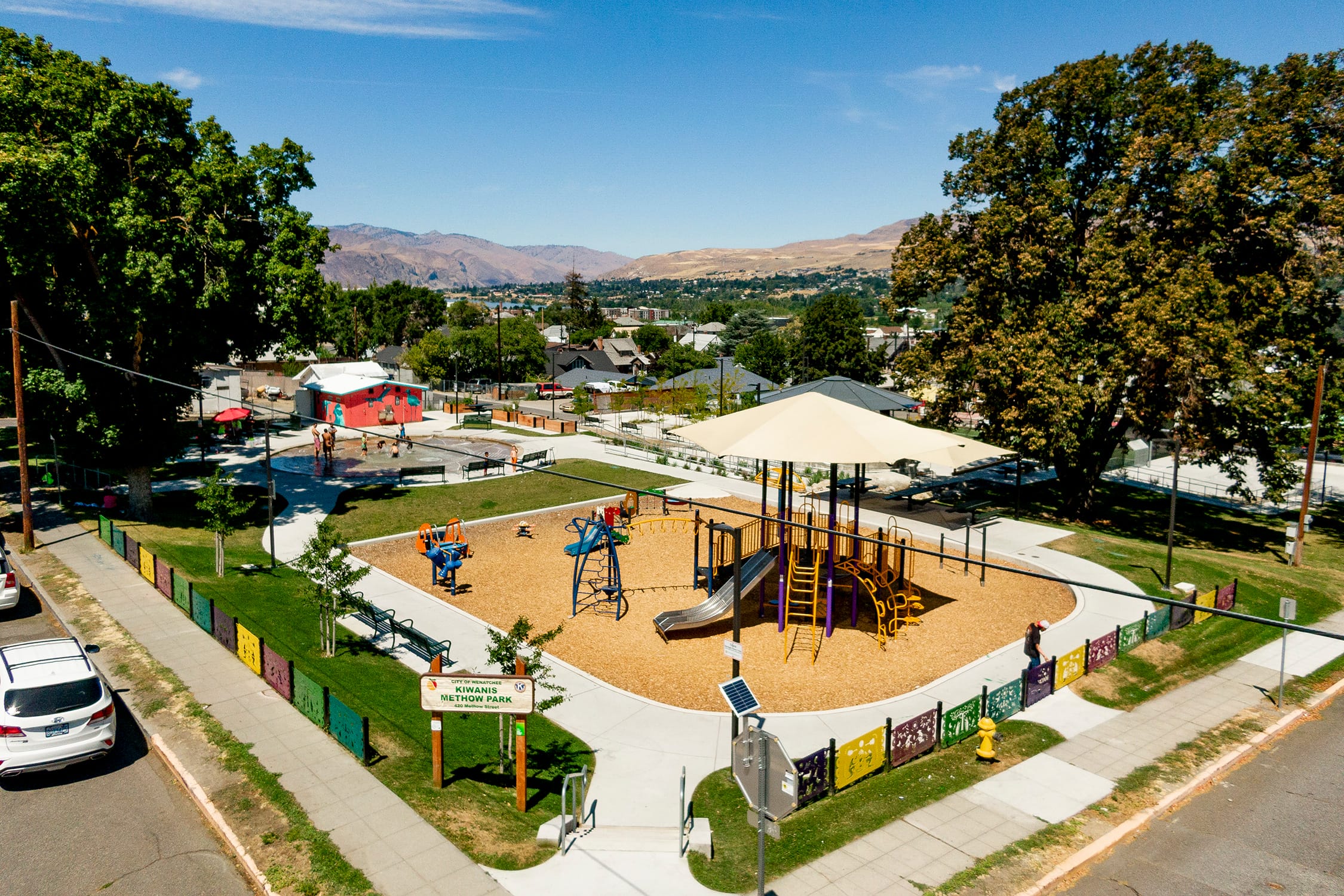
Once nearly lost to sprawl, the Columbia River Gorge remains a timeless escape
Once nearly lost to sprawl, the Columbia River Gorge remains a timeless escape
Summer is the high season in the Columbia River Gorge, backyard playground for millions of people in the Pacific Northwest. When spring rains taper into sunny days, people take to the trails that run along this 85-mile stretch of cliffs, waterfalls, and deep green forests on the border between Oregon and Washington.
The gorge has been a popular recreation destination for generations. But in the 1970s, this area was at risk of being gobbled up by sprawl from fast-growing Portland and Vancouver, Washington. The Trust for Public Land led the fight to save it, and in 1986, President Reagan signed a law protecting 290,000 acres on both sides of the Columbia River for the public to enjoy.
(Drag the slider back and forth on the photos below to see how a few of our favorite spots in the Columbia River Gorge have changed … and how they’ve stayed the same.)
Soaring 2,000 feet above the river, Cape Horn is one of the most dramatic features in the gorge. One large home was built on the rim of the gorge here before it could be protected from development, which blocked public access until we helped purchase and demolish the structure in 2008.
The legislation established regulations to concentrate private development in designated urban areas, protecting public access to the canyon highlands. The result: an unbroken natural landscape remarkably unchanged for generations. Today, the early investment in conservation has paid off in the form of a thriving tourism and outdoor recreation industry fueled by more than six million visitors to the gorge each year.
The forever views over the river have drawn people to the rim of the gorge for generations.
Opponents of the National Scenic Area designation once argued that enacting protections for the most picturesque parts of the gorge would hurt industry throughout it. But the 19 percent uptick in jobs on the Oregon side of the gorge between 2005 and 2015 came only in part from tourism and outdoor recreation. Today the region’s biggest employers represent a range of sectors, including manufacturing and agriculture as well as health care and tech: a billion-dollar Google data center recently expanded and employs more than 200 people.
“Many people come to the gorge because it is a protected landscape,” says Bowen Blair, chair of the Columbia River Gorge Commission. “Many of the business owners, who were traditionally pro-development, see the competitive advantage [of the scenic area designation].” Aspects of the designation were controversial in the past, says Blair, but time has borne it out. “The future intertwined with protecting the landscape. Now, one of the prime things businesses look for is quality of life.”
Beacon Rock is the remains of an ancient volcano that juts straight out of the Columbia River. These days, hikers here can ascend more than 800 feet in in less than a mile on a system of winding steps and boardwalks. Rock climbers make their own way up on technical routes closed seasonally to protect wildlife.
Want to learn more about the long, controversial fight to save the Columbia River Gorge? In the latest issue of Land&People, we revisited this iconic landscape nearly lost to unchecked sprawl to find out what is there instead. Read the story.
This raw, beautiful landscape in Southern California is home to Indigenous heritage sites, and it provides critical habitat for threatened and endangered species. Urge President Biden to safeguard this extraordinary landscape today!


Donate to become a member, and you’ll receive a subscription to Land&People magazine, our biannual publication featuring exclusive, inspiring stories about our work connecting everyone to the outdoors.
See how our supporters are helping us connect people to the outdoors across the country.










